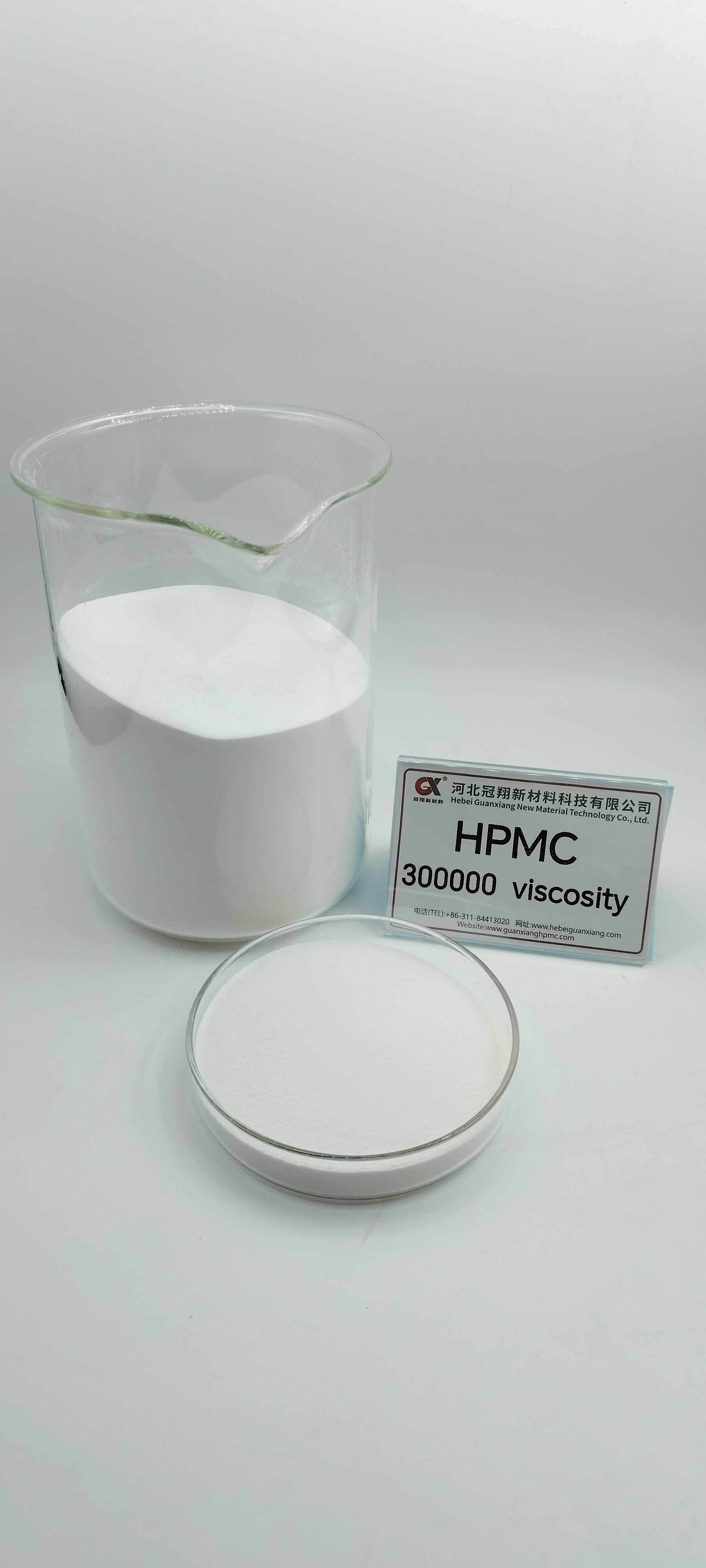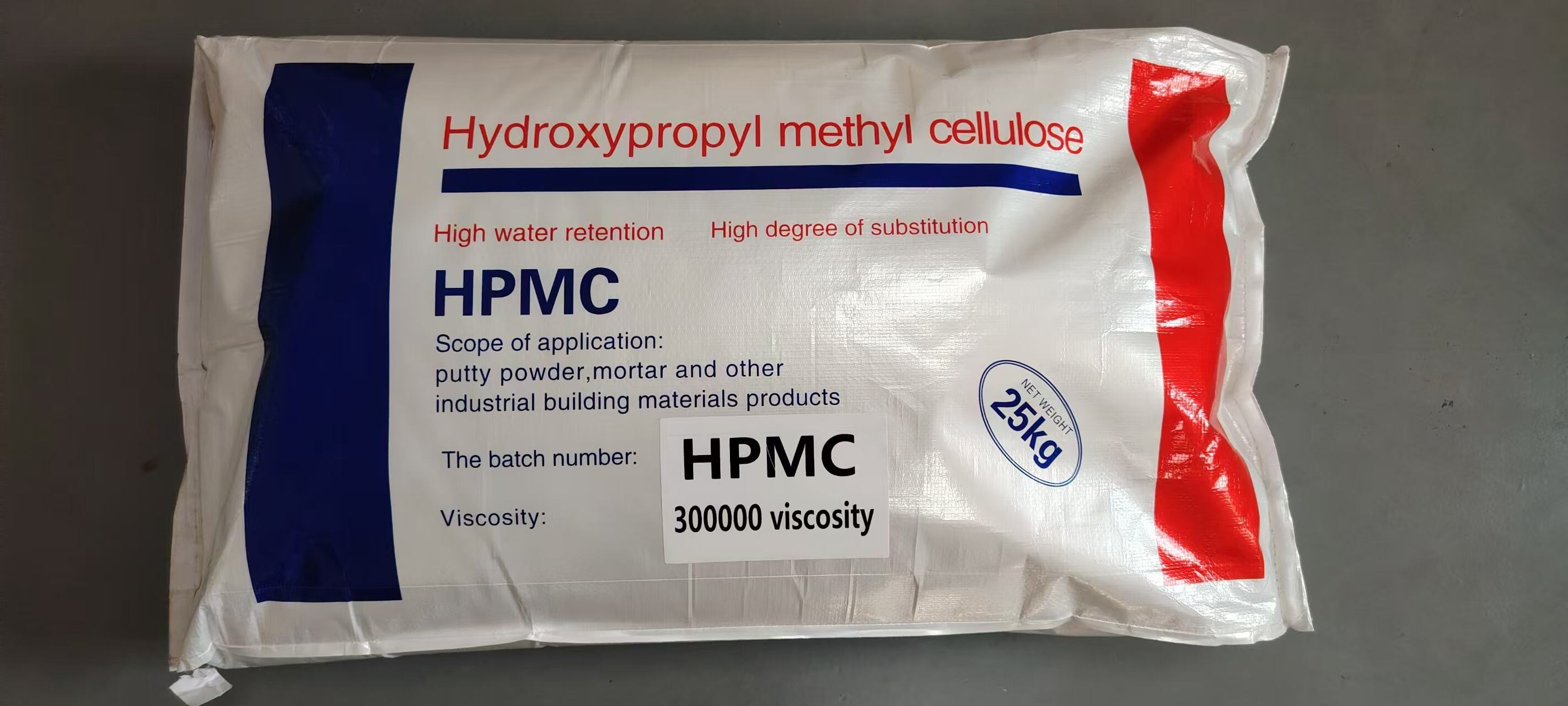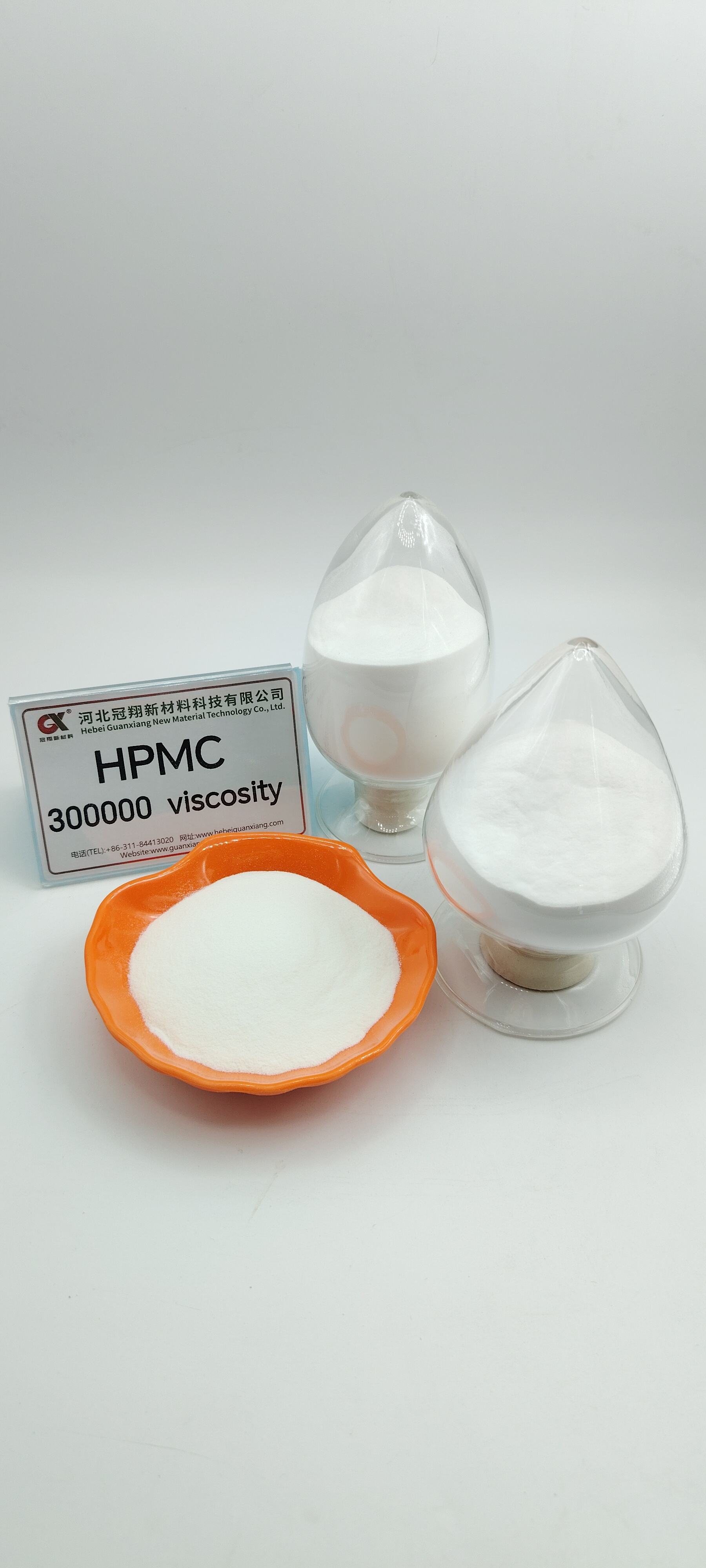hydroxypropyl cellulose in food
Hydroxypropyl cellulose (HPC) is a versatile food additive derived from cellulose through chemical modification. This widely used ingredient serves multiple functions in food processing and manufacturing. As a stabilizer and thickening agent, HPC helps maintain consistent texture and prevents ingredient separation in various food products. Its unique properties allow it to form thermoreversible gels, making it particularly valuable in temperature-sensitive applications. In food products, HPC functions as an emulsifier, helping to blend oil and water-based ingredients effectively. It also acts as a protective colloid, preventing crystallization in frozen foods and improving freeze-thaw stability. The compound's film-forming abilities make it excellent for coating applications, providing moisture barriers and improving product appearance. HPC demonstrates remarkable solubility in both cold and hot water, offering versatility in different processing conditions. Its application extends across various food categories, including baked goods, dairy products, sauces, dressings, and frozen desserts. The ingredient's ability to enhance viscosity without contributing significant calories makes it particularly valuable in reduced-fat and diet food formulations. Furthermore, HPC's stability across a wide pH range and temperature conditions ensures reliable performance in diverse food processing environments.


